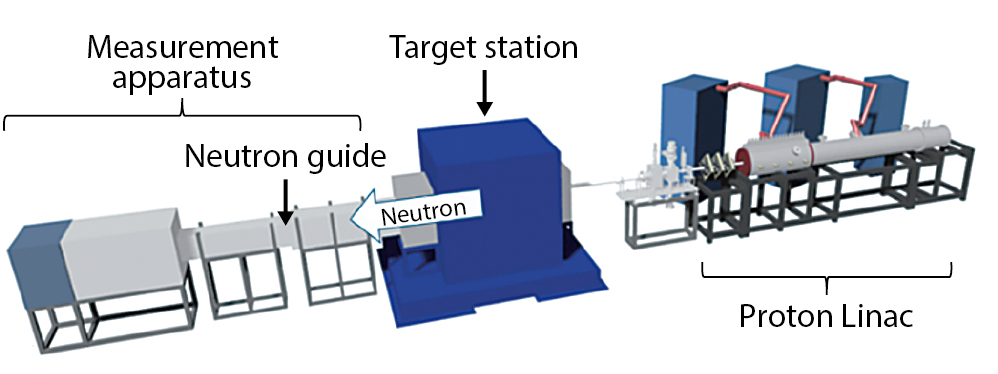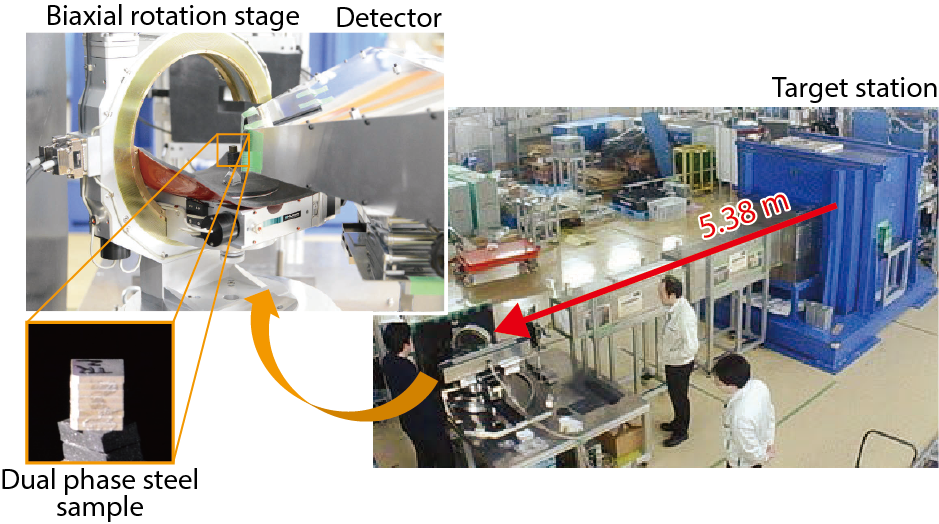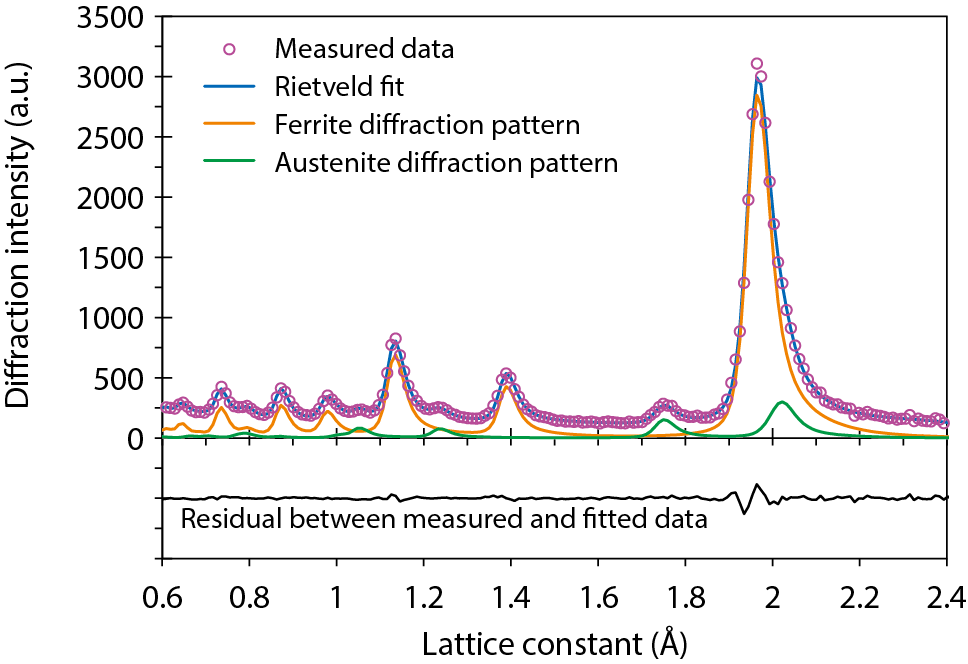
Fig.5-12 RIKEN accelerator-driven compact neutron source (RANS)

Fig.5-13 Diffractometer settled at RANS

Fig.5-14 Diffraction pattern of a typical austenite/ferrite dual-phase-steel sample measured by RANS
The emission of greenhouse gases, including carbon dioxide (CO2), must be reduced significantly to address the problem of global warming. It is therefore very important to increase vehicle fuel efficiency by reducing automobile-body weights. The application of high-tensile-strength steels is widely known as a solution to this problem, with their good balance with press/drawing formability, which is essential for such high-valued engineering materials. The retained austenite phase in steels is an important ductile microstructure for improving the bulk formability; thus, it is necessary to control and optimize the volume fraction of the austenitic phase for novel high-tensile-strength steels. Neutron diffraction is a highly statistical characterization technique for measuring the bulk-average volume fraction of steel because of the high penetrability of the neutron beam. However, a compact neutron source has not yet been used for this purpose, since the neutron flux is significantly lower than that of a large-scale neutron facility attached to a nuclear reactor or a proton accelerator. In this study, we have made great progress toward realizing neutron diffraction by a compact neutron source using the RIKEN accelerator-driven compact neutron source (RANS) shown in Fig.5-12, and to measure the volume fraction of the retained austenite.
A dual-phase steel sample with ferrite and austenite was utilized in this study as a reference material. A neutron-diffraction pattern can provide the necessary crystal-structure information concerning the ferrite and austenite phases, together with the austenite volume fraction by comparing the intensities of their diffraction peaks. In the construction of the diffractometer in RANS, the background noise is carefully eliminated to detect as many diffraction peaks as possible with low neutron-beam flux. In addition, the diffractometer is downsized to assure a high accessibility to the investigated sample and the optical apparatus on the diffractometer. Furthermore, a biaxial-rotation technique is employed to collect neutron-diffraction patterns from all stereographic directions of a sample, as shown in Fig.5-13. Using the above measurement system, the neutron-diffraction patterns of austenite and ferrite phases from all directions of the sample were reliably orientation-averaged over about 5 hours, as shown in Fig.5-14. As a result, the volume fraction of the austenite phase measured by RANS was 13.1 %, indicating only 1–2 % discrepancies with the 13.9 % value obtained by a well-established large-scale neutron facility (J-PARC TAKUMI). These comparisons suggest that neutron diffraction using RANS is viable for quantitative analysis of the volume fractions of crystal phases, revealing the bright application prospects of an in-house compact neutron source for the raw-material manufacturing industry, the automobile industry, etc.
In the future, the improvement of the neutron source and an increase in the neutron-detector area are expected to improve the measurement accuracy and shorten the measurement time. This neutron-diffraction-measurement technique using a compact neutron source may contribute to not only the rapid development and strict quality management of novel high-valued steels but also to the creation and optimization of other advanced structural and functional materials.
This research was accomplished as a collaborative study among RIKEN, Tokyo City University, and JAEA.